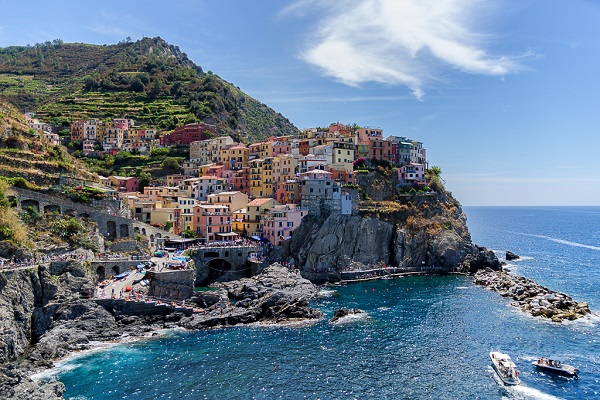CSS -Opazität/Transparenz
Die opacityEigenschaft gibt die Deckkraft/Transparenz eines Elements an.
Transparentes Bild
Die opacityEigenschaft kann einen Wert von 0,0 bis 1,0 annehmen. Je niedriger der Wert, desto transparenter:

Opazität 0,2

Deckkraft 0,5

Deckkraft 1
(Standard)
Beispiel
img {
opacity: 0.5;
}
Transparenter Hover-Effekt
Die opacityEigenschaft wird oft zusammen mit dem :hover
Selektor verwendet, um die Deckkraft beim Mouseover zu ändern:



Beispiel
img {
opacity: 0.5;
}
img:hover {
opacity: 1.0;
}
Beispiel erklärt
Der erste CSS-Block ähnelt dem Code in Beispiel 1. Außerdem haben wir hinzugefügt, was passieren soll, wenn ein Benutzer mit der Maus über eines der Bilder fährt. In diesem Fall möchten wir, dass das Bild NICHT transparent ist, wenn der Benutzer den Mauszeiger darüber bewegt. Das CSS dafür ist opacity:1;.
Wenn sich der Mauszeiger vom Bild wegbewegt, wird das Bild wieder transparent.
Ein Beispiel für einen umgekehrten Hover-Effekt:



Beispiel
img:hover {
opacity: 0.5;
}
Transparente Box
When using the opacity property to add transparency to the background of an element, all of its child elements
inherit the same transparency. This can make the text inside a fully transparent element hard to read:
opacity 1
opacity 0.6
opacity 0.3
opacity 0.1
Example
div {
opacity: 0.3;
}
Transparency using RGBA
If you do not want to apply opacity to child elements, like in our example above, use RGBA color values. The following example sets the opacity for the background color and not the text:
100% opacity
60% opacity
30% opacity
10% opacity
You learned from our CSS Colors Chapter, that you can use RGB as a color value. In addition to RGB, you can use an RGB color value with an alpha channel (RGBA) - which specifies the opacity for a color.
An RGBA color value is specified with: rgba(red, green, blue, alpha). The alpha parameter is a number between 0.0 (fully transparent) and 1.0 (fully opaque).
Tip: You will learn more about RGBA Colors in our CSS Colors Chapter.
Example
div {
background: rgba(76, 175, 80, 0.3) /* Green background with 30%
opacity */
}
Text in Transparent Box
This is some text that is placed in the transparent box.
Example
<html>
<head>
<style>
div.background {
background: url(klematis.jpg) repeat;
border: 2px solid black;
}
div.transbox {
margin: 30px;
background-color: #ffffff;
border: 1px solid black;
opacity: 0.6;
}
div.transbox p {
margin: 5%;
font-weight: bold;
color: #000000;
}
</style>
</head>
<body>
<div class="background">
<div class="transbox">
<p>This is some text that is placed in the transparent box.</p>
</div>
</div>
</body>
</html>
Example explained
First, we create a <div> element (class="background") with a background image, and a border.
Then we create another <div> (class="transbox") inside the first <div>.
The <div class="transbox"> have a background color, and a border - the div is transparent.
Inside the transparent <div>, we add some text inside a <p> element.
